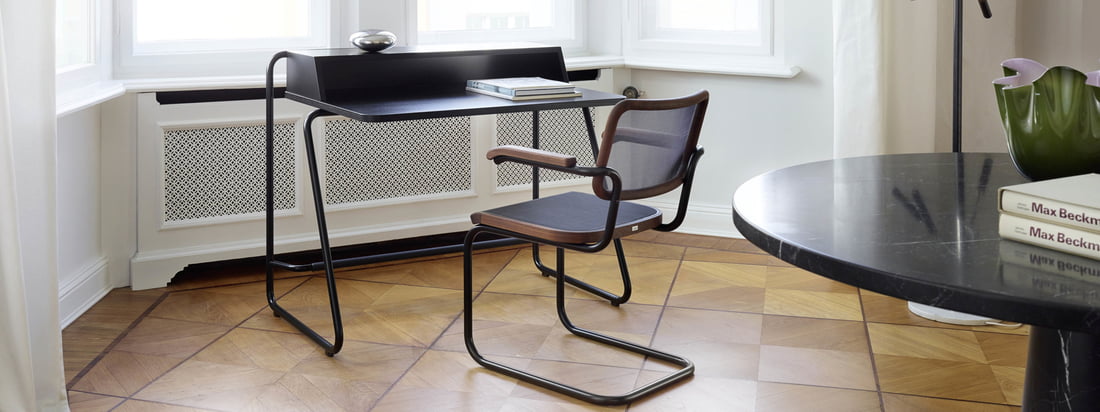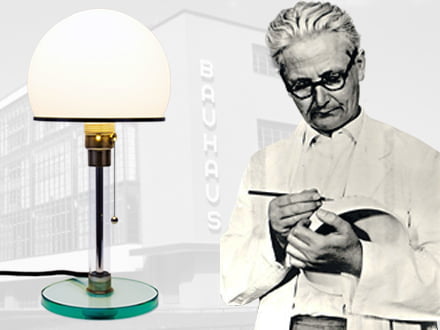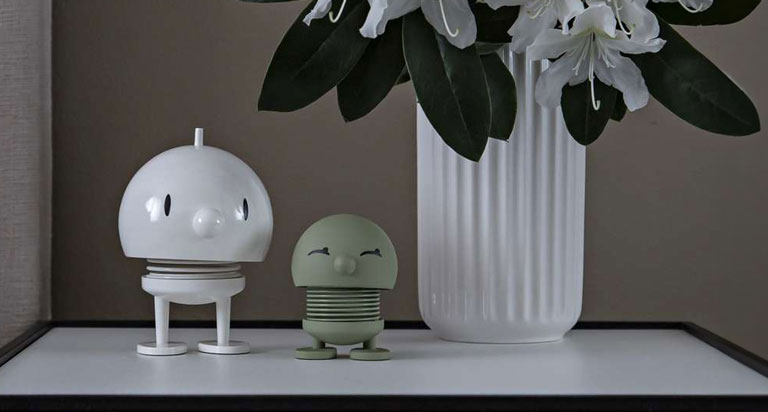The design revolution started more than 90 years ago in Thuringia, Germany. In 1919 Walter Gropius founded the most important and influential design school of the twentieth century in Weimar: "Staatliches Bauhaus." The Bauhaus existed for just fourteen years, but in its short time it has produced numerous influential designers and designs that continue to shape design today.
For many artists, architects and designers, Bauhaus design was an ideology, a conviction, not just art or architectural theory. Experimenting with new materials and forms brought with it a new philosophy that led to revolutionary products like the first mass-produced cantilever chair by Marcel Breuer.
Bauhaus Style: A Turbulent Story
In order to implement their avant-garde ideas, the followers of Bauhaus took many difficulties: in 1925, the school moved to Dessau - a city that at that time was considered more liberal and allowed greater artistic freedom than Weimar before one last move to Berlin in 1932, where the end of the revolutionary movement unfortunately could not be prevented.
In the Third Reich many designs of the Bauhaus designers were considered degenerate. Especially the left-leaning lifestyle of the Bauhaus fans was not welcome. In Bauhaus designs, women wore pants - an absurdity in the reactionary world view of the NSDAP. Due to the external circumstances, many Bauhaus followers decided to leave Germany after the seizure of power by the Nazis in 1933.
What was considered to be the death sentence of the German Bauhaus movement was also the starting point for a new design worldwide: Prominent Bauhaus protagonists such as Josef Albers, Walter Gropius, László Moholy-Nagy and Ludwig Mies van der Rohe emigrated to the USA, where a new architectural, but also product and communication design direction developed, following the example of the German Bauhaus doctrine.
Furniture for Everyone
The history of the Bauhaus makes it clear that the enthusiasm for a new, better, more functional design could not simply be turned off. The will to build "furniture for everyone" still works: many Bauhaus inventions, such as the fitted kitchen, are still found worldwide today. Many things that seem commonplace to us today go back to the Bauhaus movement.
But not only the basic ideas and concepts are loved by many people. Many products from the Bauhaus era continue to enjoy popularity up until today. For example, the Wagenfeld Lamp has become the international symbol of good Bauhaus design.
Due to the simple, universal design, which focused on the needs of the human being, these objects are up to date and timeless just under a century after their creation.

 Alessi
Alessi
 Knoll International
Knoll International
 Tecnolumen
Tecnolumen
 Thonet
Thonet
 Ludwig Mies van der Rohe
Ludwig Mies van der Rohe
 Marcel Breuer
Marcel Breuer
 Marianne Brandt
Marianne Brandt
 Mart Stam
Mart Stam
 Walter Gropius
Walter Gropius
 Wilhelm Wagenfeld
Wilhelm Wagenfeld
